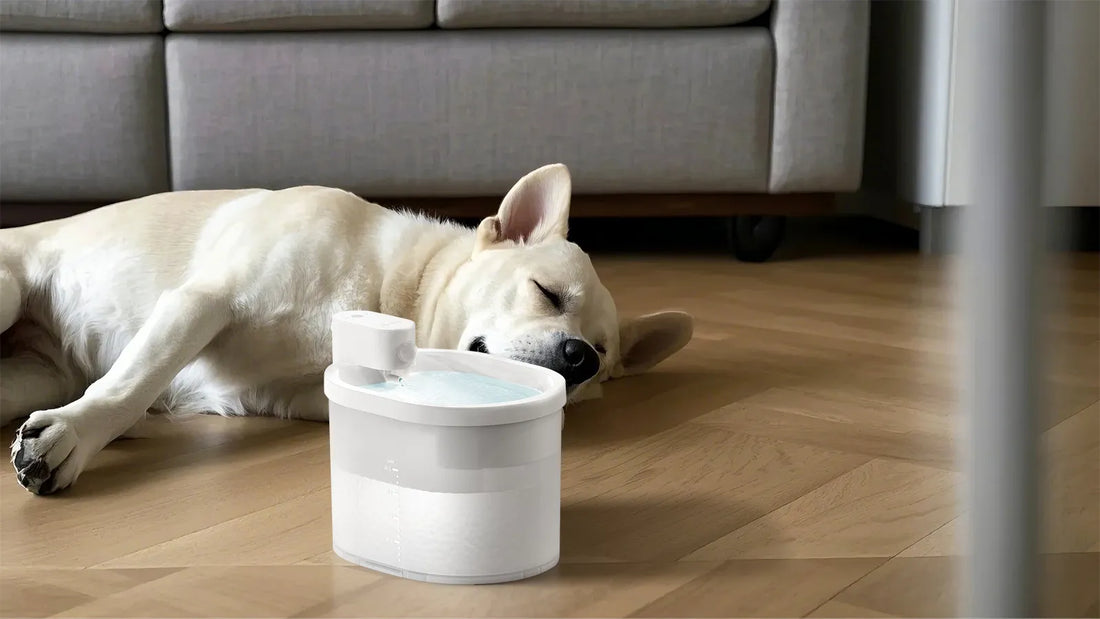If you've noticed your senior dog walking in circles, you're not alone. This behavior can be concerning for pet owners, but understanding the underlying causes is the first step toward helping your furry friend. In this article, we'll explore the possible reasons behind this behavior and provide actionable advice to ensure your dog's well-being.
Medical Conditions That Cause Circling
One of the most common reasons why an old dog walks in circles is due to medical conditions. As dogs age, they become more susceptible to various health issues that can affect their behavior. Here are some medical conditions that might be causing your dog to walk in circles:
Vestibular Disease
The vestibular system is responsible for maintaining balance and spatial orientation. When this system is compromised, it can lead to dizziness, loss of balance, and circling behavior. Vestibular disease can be caused by infections, tumors, or even age-related degeneration.
Canine Cognitive Dysfunction
Similar to Alzheimer's in humans, canine cognitive dysfunction (CCD) affects older dogs and can lead to disorientation, confusion, and repetitive behaviors like circling. CCD is a progressive condition, so early detection and management are crucial.
Brain Tumors
Brain tumors can exert pressure on different parts of the brain, leading to a variety of neurological symptoms, including circling. If your dog is also experiencing seizures, changes in behavior, or difficulty walking, a brain tumor could be the cause.
Behavioral Reasons for Circling
While medical conditions are a common cause, behavioral factors can also contribute to why your old dog walks in circles. Here are some behavioral reasons to consider:
Anxiety and Stress
Older dogs may experience increased anxiety and stress due to changes in their environment, routine, or health. Circling can be a coping mechanism for these feelings. Identifying and addressing the source of your dog's anxiety can help reduce this behavior.
Obsessive-Compulsive Disorder (OCD)
Some dogs develop obsessive-compulsive behaviors, including circling, as a way to cope with stress or boredom. OCD in dogs can be managed through behavioral therapy, environmental enrichment, and, in some cases, medication.
Habitual Behavior
In some cases, circling may simply be a habitual behavior that your dog has developed over time. This can be more common in older dogs who have been doing it for years. While it may not be harmful, it's worth monitoring to ensure it doesn't escalate.
Environmental Factors
Your dog's environment can also play a role in why they walk in circles. Here are some environmental factors to consider:
Limited Space
If your dog spends a lot of time in a confined space, they may develop circling behavior as a way to cope with the lack of stimulation. Providing more space and opportunities for exercise can help reduce this behavior.
Changes in the Home
Changes in the home environment, such as moving furniture or introducing new pets, can cause stress and lead to circling. Ensuring a stable and predictable environment can help your dog feel more secure.
Lack of Mental Stimulation
Older dogs still need mental stimulation to keep their minds active. A lack of mental stimulation can lead to boredom and repetitive behaviors like circling. Providing puzzle toys, interactive games, and regular training sessions can help keep your dog engaged.
How to Help Your Dog
If your old dog is walking in circles, there are several steps you can take to help them. Here are some actionable tips:
Consult Your Veterinarian
The first step is to consult your veterinarian to rule out any underlying medical conditions. Your vet may recommend diagnostic tests, such as blood work, X-rays, or an MRI, to determine the cause of the behavior.
Provide a Safe Environment
Ensure your dog's environment is safe and comfortable. Remove any obstacles that could cause injury, and provide soft bedding to support their joints. If your dog is experiencing dizziness or loss of balance, consider using non-slip mats to prevent falls.
Increase Physical and Mental Stimulation
Regular exercise and mental stimulation are essential for your dog's overall well-being. Tailor activities to your dog's age and physical condition, and consider incorporating new toys and games to keep them engaged.
Consider Behavioral Therapy
If your dog's circling is due to anxiety or OCD, behavioral therapy can be an effective treatment option. A professional dog trainer or behaviorist can help you develop a plan to address the underlying causes of the behavior.
Medication and Supplements
In some cases, medication or supplements may be necessary to manage your dog's condition. Your veterinarian can recommend appropriate treatments based on the underlying cause of the circling behavior.
Understanding why your old dog walks in circles is essential for providing the care and support they need. Whether the behavior is due to a medical condition, stress, or environmental factors, taking proactive steps can help improve your dog's quality of life. By consulting your veterinarian, creating a safe and stimulating environment, and addressing any underlying issues, you can ensure your senior dog remains happy and healthy for years to come.













